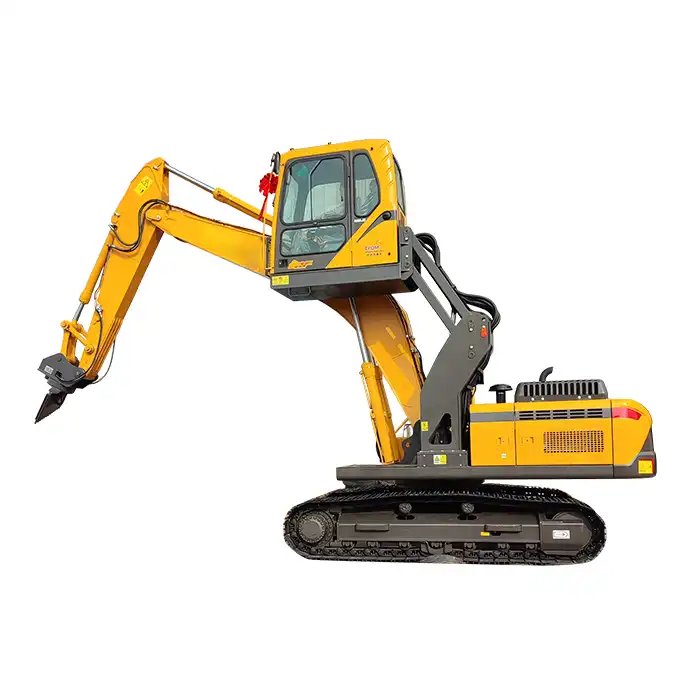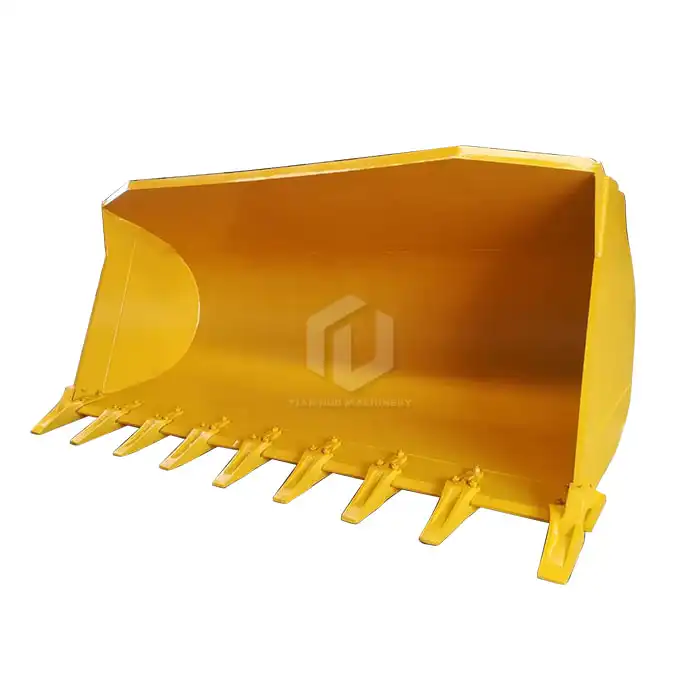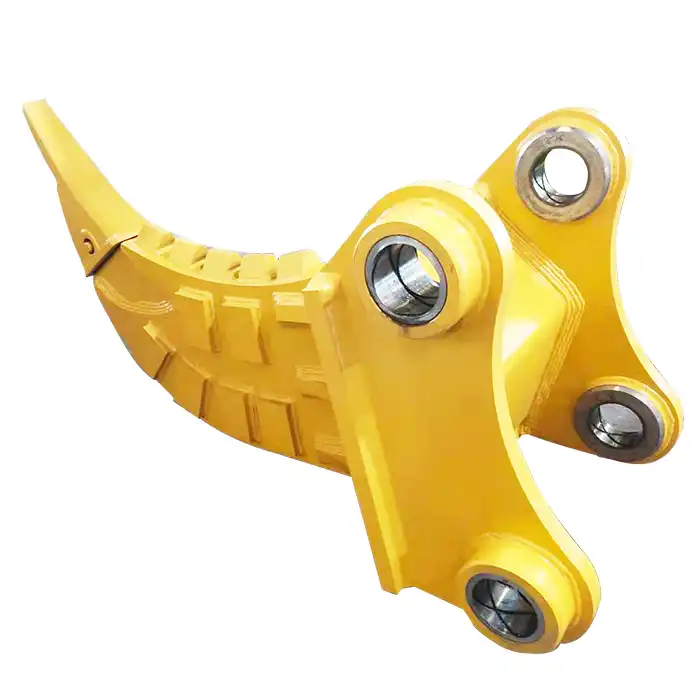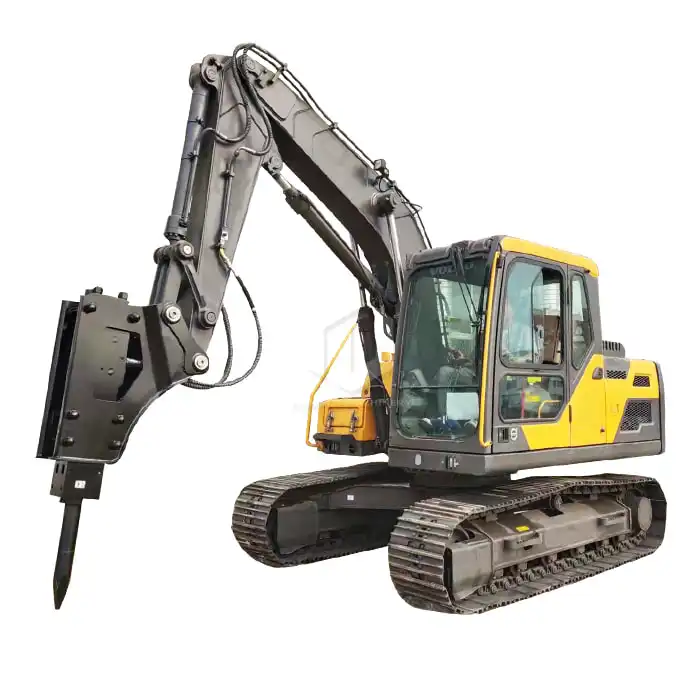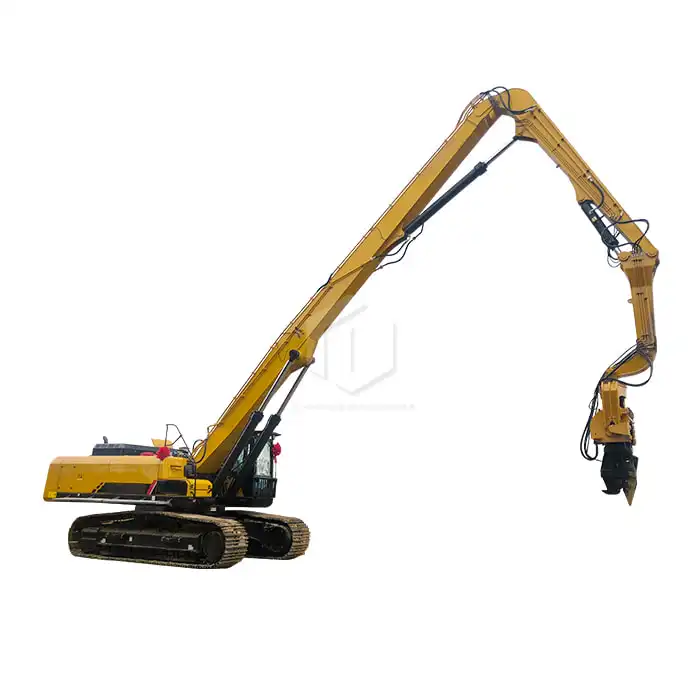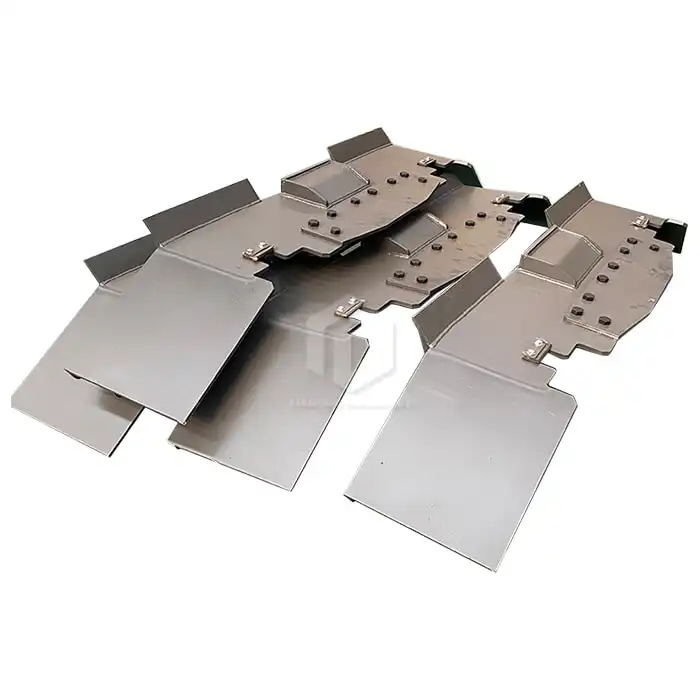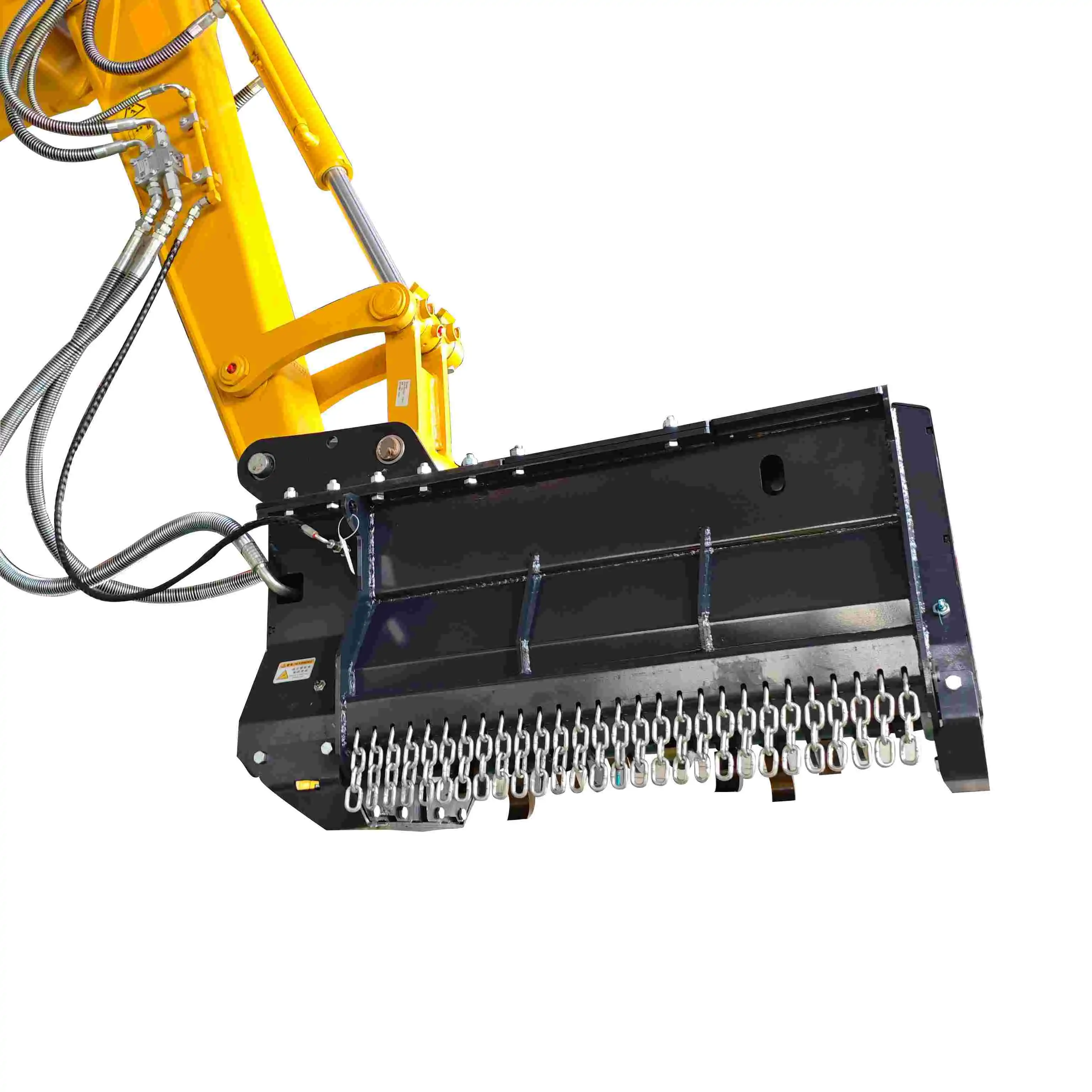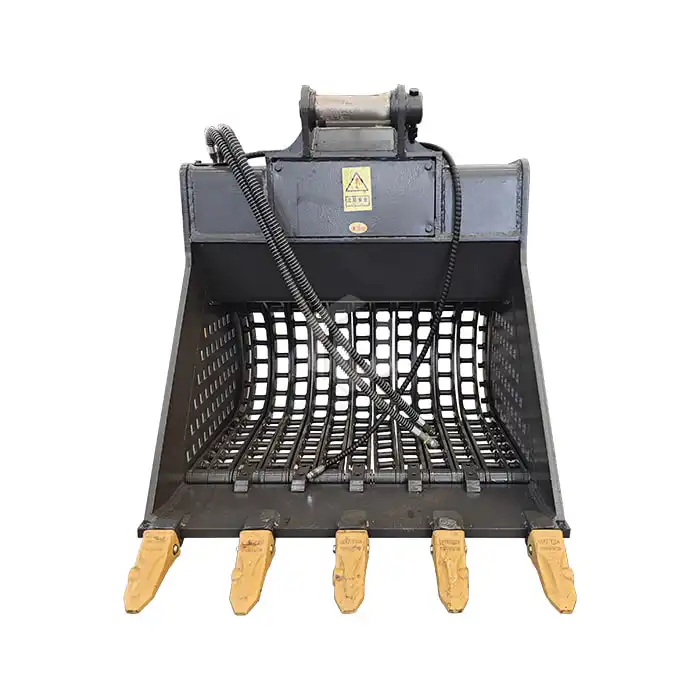What is the benefit of using a hydraulic drive system for railway sleeper changers?
Railway maintenance is a crucial aspect of ensuring safe and efficient transportation. One of the key components in this process is the railway sleeper changer, a specialized machine designed to replace worn or damaged sleepers (also known as railroad ties) that support the tracks. In recent years, hydraulic drive systems have become increasingly popular in these machines, offering several advantages over traditional mechanical systems. This article will explore the benefits of using a hydraulic drive system for railway sleeper changers, focusing on three main areas: high torque and power, smooth and precise control, and efficient energy use.
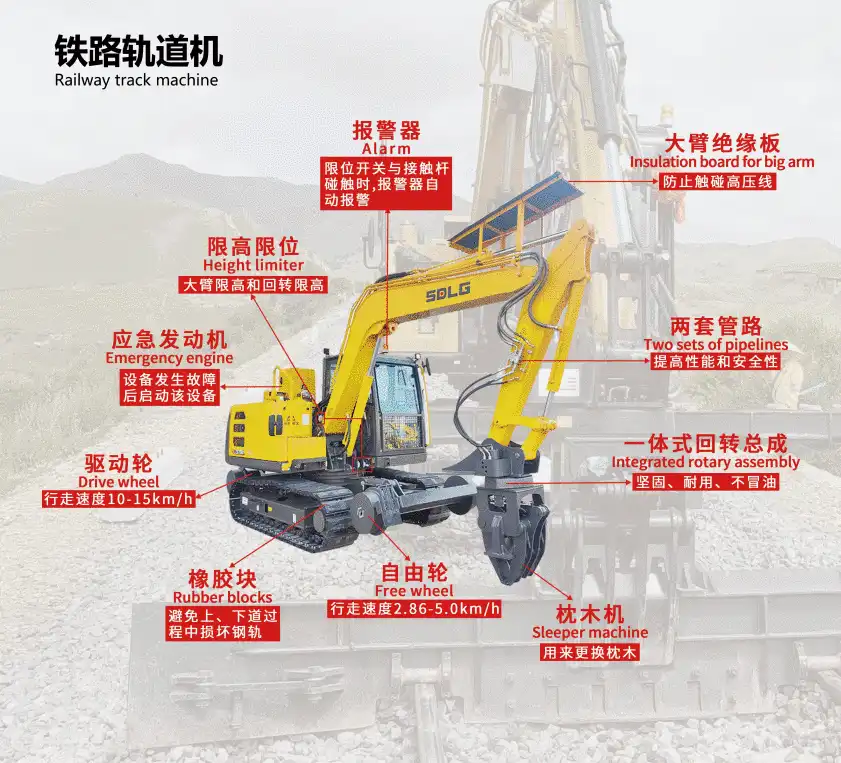
High Torque and Power
One of the primary advantages of using a hydraulic drive system in railway sleeper changers is the ability to generate high torque and power. This is particularly important when dealing with the heavy loads and challenging conditions often encountered in railway maintenance work.
Hydraulic systems can produce significant force by pressurizing fluid in confined spaces. This allows railway sleeper changers equipped with hydraulic drives to easily lift and maneuver heavy sleepers, which can weigh up to 300 kg (660 lbs) for concrete ties. The high torque output enables the machine to overcome resistance from compacted ballast or stubborn fasteners, making the sleeper replacement process more efficient.
Moreover, hydraulic systems can maintain consistent power output over a wide range of operating speeds. This characteristic is particularly beneficial when working on different types of railway tracks or in varying environmental conditions. Whether the sleeper changer is operating at low speeds for precise positioning or at higher speeds for rapid movement between work sites, the hydraulic drive system can deliver the necessary power without compromising performance.
The ability to generate high torque and power also contributes to increased productivity. Railway sleeper changers with hydraulic drives can handle a larger number of sleepers in a given time frame, reducing the duration of track closures and minimizing disruptions to rail services. This efficiency is crucial in modern railway maintenance, where time windows for track work are often limited.
Smooth and Precise Control
Another significant benefit of using a hydraulic drive system in railway sleeper changers is the smooth and precise control it offers. This level of control is essential for ensuring accurate positioning and careful handling of sleepers during the replacement process.
Hydraulic systems allow for infinitely variable speed control, enabling operators to make fine adjustments to the machine's movements. This precision is crucial when aligning new sleepers with existing track components or when working in tight spaces along the railway corridor. The ability to make minute movements helps prevent damage to surrounding infrastructure and ensures that new sleepers are installed correctly.
Furthermore, hydraulic systems provide excellent load-holding capabilities. Once a sleeper is lifted or positioned, the hydraulic system can maintain its position without drift, even under varying load conditions. This stability is vital for safety during the replacement process and contributes to the overall quality of the track maintenance work.
The smooth operation of hydraulic systems also reduces wear and tear on the railway sleeper changer and the track components being handled. By minimizing sudden movements and impacts, hydraulic drives help extend the lifespan of both the maintenance equipment and the railway infrastructure. This smoother operation also contributes to improved operator comfort, reducing fatigue during long working hours.
Additionally, many modern hydraulic systems incorporate advanced control technologies, such as electro-hydraulic proportional control. These systems allow for programmable movement patterns and automated sequences, further enhancing the precision and consistency of sleeper replacement operations. Such advanced control capabilities can significantly improve the overall efficiency and quality of track maintenance work.
Efficient Energy Use
Efficiency is a key consideration in all aspects of railway operations, including maintenance. Hydraulic drive systems in railway sleeper changers offer several advantages in terms of energy efficiency, contributing to both cost savings and environmental benefits.
Hydraulic systems are known for their high power density, meaning they can deliver substantial power output relative to their size and weight. This efficiency allows railway sleeper changers to be more compact and maneuverable without sacrificing performance. The reduced weight of the machine can lead to lower fuel consumption during transportation to and from work sites.
Moreover, hydraulic systems excel at energy recovery and storage. In applications where repetitive motion is involved, such as lifting and lowering sleepers, hydraulic accumulators can be used to capture and store energy from the lowering phase. This stored energy can then be reused in the next lifting cycle, reducing the overall power demand and improving energy efficiency.
The ability to precisely control power output in hydraulic systems also contributes to energy efficiency. Unlike some mechanical systems that may need to run at full power continuously, hydraulic drives can adjust their output to match the exact requirements of the task at hand. This on-demand power delivery helps minimize energy waste and reduces fuel consumption.
Furthermore, modern hydraulic systems often incorporate energy-saving features such as load-sensing pumps and regenerative circuits. These technologies automatically adjust the system's power output based on the actual load, further optimizing energy use. Some advanced railway sleeper changers even utilize hybrid hydraulic systems, combining hydraulic power with electric drives to maximize efficiency and reduce emissions.
The energy efficiency of hydraulic drive systems not only leads to cost savings in terms of fuel and maintenance but also aligns with the growing emphasis on sustainability in the railway industry. By reducing energy consumption and associated emissions, railway sleeper changers with hydraulic drives contribute to the overall environmental performance of railway maintenance operations.
Railway Sleeper Changer For Sale
The benefits of using a hydraulic drive system for railway sleeper changers are clear. From providing high torque and power to enabling smooth and precise control, and offering efficient energy use, hydraulic systems significantly enhance the performance and effectiveness of these crucial maintenance machines. As railway networks continue to expand and modernize, the demand for efficient and reliable maintenance equipment will only grow.
If you're in the market for a state-of-the-art railway sleeper changer, look no further than Tiannuo Machinery. Our advanced machines offer two primary walking modes: Two-Wheel Drive and Positioning Mode. The Two-Wheel Drive mode features track wheels that allow speeds of up to 15 km/h, boosting operational efficiency. The Positioning Mode uses track limit wheels to prevent derailment, ensuring safety and stability during operation.
Designed to be compatible with standard track gauges of 1435/1520 mm, our railway sleeper changers meet the requirements of various railway networks worldwide. The dual drive wheels provide ample power while enhancing mobility and traversability. These features combine to deliver a machine that maximizes operational efficiency without compromising on safety or flexibility.
Ready to elevate your railway maintenance capabilities? Contact our team today to learn more about our railway sleeper changers and how they can benefit your operations. Reach out to our manager at arm@stnd-machinery.com, or connect with our team members at rich@stnd-machinery.com and tn@stnd-machinery.com. Let Tiannuo Machinery be your partner in efficient, safe, and sustainable railway maintenance.
References:
- Railway Track Engineering by J.S. Mundrey (2017)
- Hydraulic Control Systems by Herbert E. Merritt (1991)
- Railway Maintenance: The Men and Machines that Keep the Railroads Running by Brian Solomon (2001)
- Fluid Power with Applications by Anthony Esposito (2013)
- Hydraulics and Pneumatics: A Technician's and Engineer's Guide by Andrew Parr (2011)
- Railway Engineering by Satish Chandra and M.M. Agarwal (2019)

